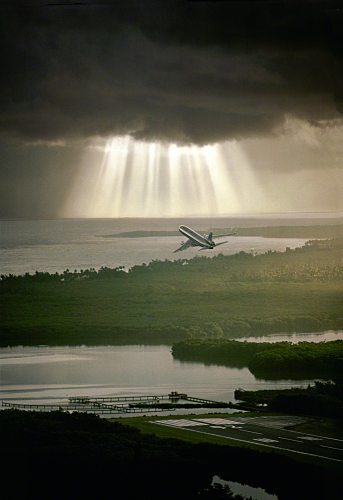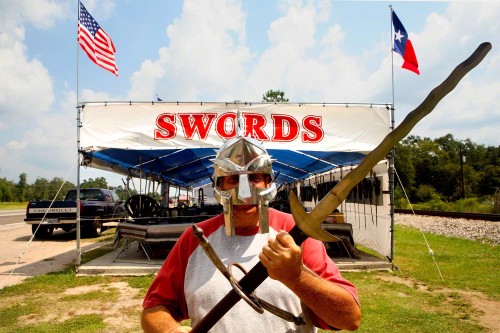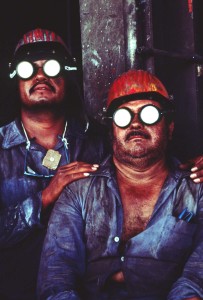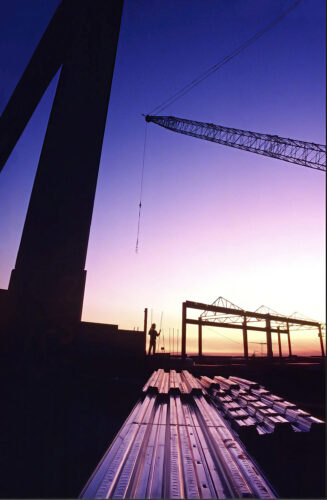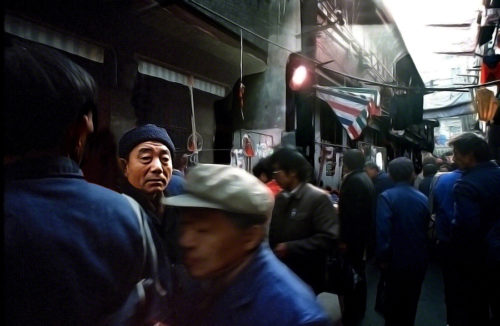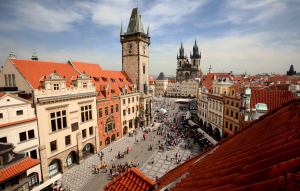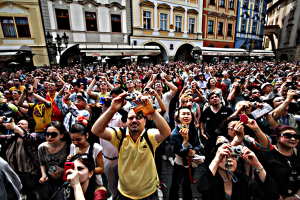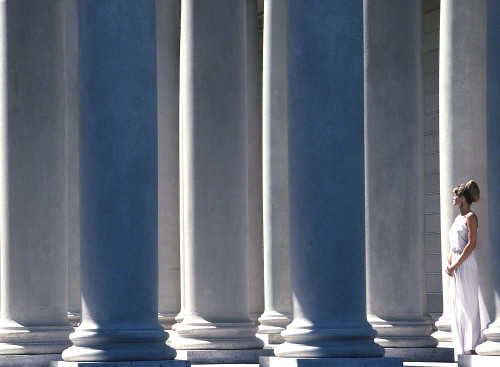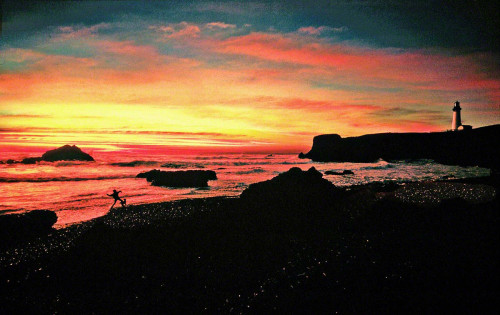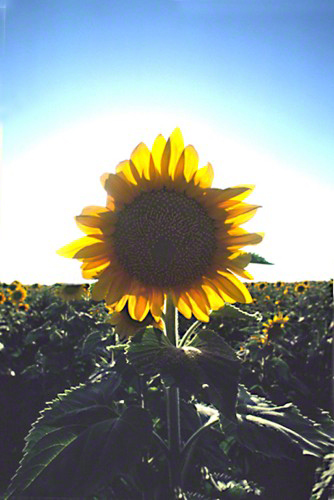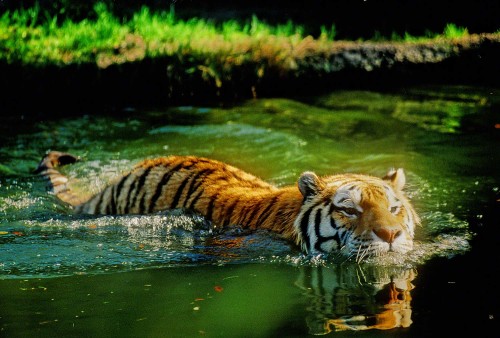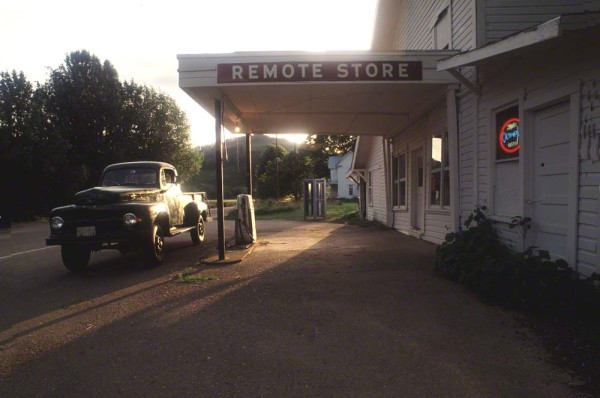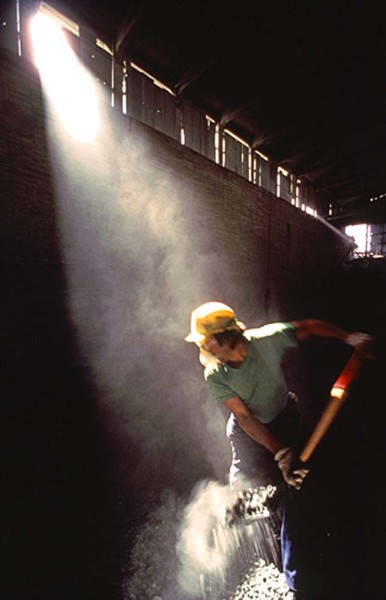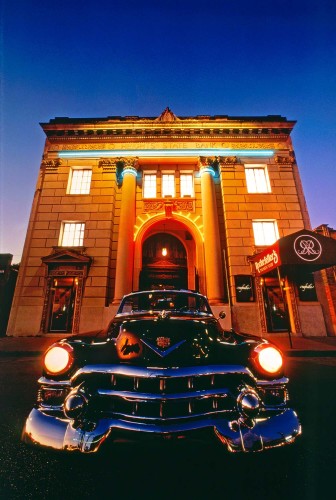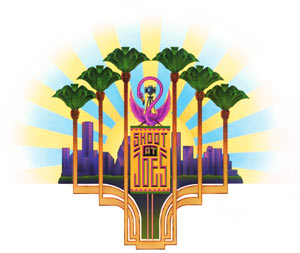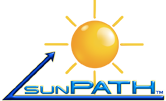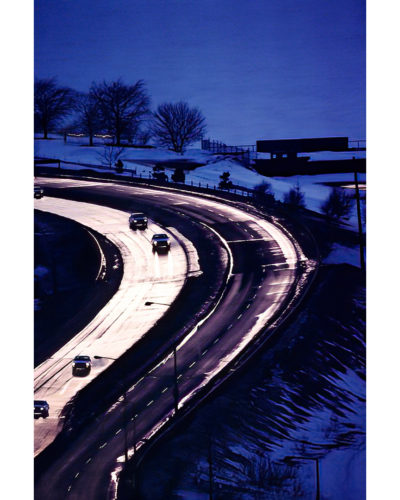
It’s all about the light
For those new to my blog, I teach an online class with the PBSOP, and I conduct my “Stretching Your Frame of Mind” workshops around our perfectly round planet. Now, before I get into my post, I wanted to explain exactly what light is all about:
LIGHT: “Light or visible light is electromagnetic radiation within the portion of the electromagnetic spectrum that is perceived by the human eye. Visible light is usually defined as having wavelengths in the range of 400-700 nanometres (nm), corresponding to frequencies of 750-420 terahertz, between the infrared (with longer wavelengths) and the ultraviolet (with shorter wavelengths).”
For those that understood this definition, you are way above my pay grade…and probably, for the most part, left-brained thinkers. However, for those like me, we are right-brained thinkers. For those that are switch hitters, I’m always impressed when I meet one of you.
To me light is everything. There are two reasons why light is not necessarily everything. Humor can replace great light, and street shooting when you’re trying to capture a moment in time.
Other than those, light is what makes or breaks an image. To get to that point, it’s important to know where to stand in relation to the light source, when, and how long to stand there.
Don’t just stand there, bring your camera up to your eye and ‘take a picture. Take a look around and see what direction the light is coming from.
I have seen images that were submitted to my online classes, and I have seen it firsthand when watching a photographer in one of my workshops. As I constantly tell my fellow photographers, before you do anything, think about whether you want to sidelight, backlight, or front light your subject?
My favorite form of light is when it’s available…I just love North light softly coming into a window, etc. It’s also important to comprehend the phases of natural light.
Learn to distinguish the Golden Hour, the Blue Hour, and the twilights of daytime and nighttime. Explore the ways each can be used to create varying degrees of warmth and saturation in our images.
I assure you that if keep all in mind when you’re out shooting, your work will show it.
Visit my website at www.joebaraban.com, and follow me on Instagram www.instagram.com/barabanjoe/. Check out my workshop schedule at the top of this blog. Come shoot with me sometime.
JoeB
